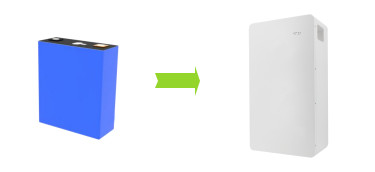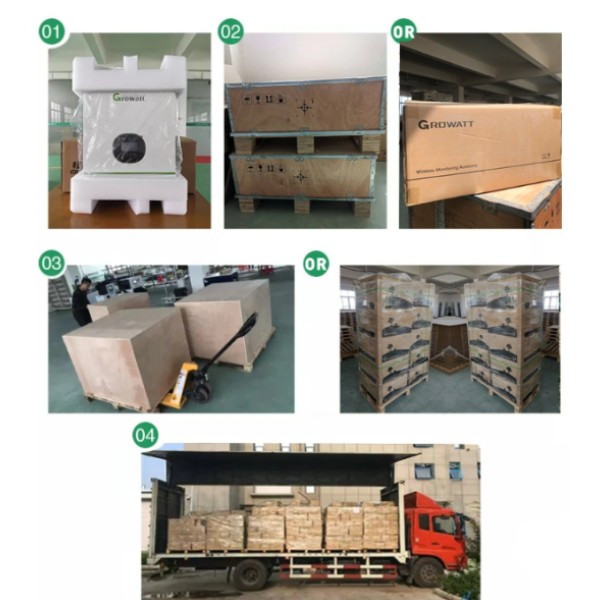Goal Zero's Haven system only needs a couple hours of an electrician's time to install.
Goal Zero's Haven home backup system allows you to choose which circuits in your home will be supported if the power goes out. Bess Energy Storage

Home battery backup systems can be a huge help when the power goes out. But they're expensive. Like $10,000 or more. I checked out a system at CES 2024 that, if not quite cheap, is at least a little more reasonably priced.
It's from Goal Zero, which has been making portable power stations for a long time. The setup, called the Haven home battery system, pairs the company's Yeti Pro 4-kilowatt-hour power station with a transfer switch that allows it to back up as many as 10 circuits in your home.
Goal Zero had a few circuits set up in its booth, and General Manager Bill Harmon simulated a power outage for me. When he threw the lever to cut the battery off from grid power, the only thing that went out was a light -- which had been turned off at the transfer switch. The battery system itself changed only slightly: The display that showed its input power dropped to zero and a countdown timer popped up saying "empty in 44 hours." (Don't expect it to run your whole house for 44 hours -- it was only drawing 232 watts, which isn't much.)
Are solar batteries right for you?
Enter some basic information below to learn more about solar batteries and receive a free online estimate of your energy savings from going solar.
Maybe the most compelling aspect of the Haven system is its price tag. The smallest possible iteration, with 4 kWh of capacity, is $4,550 from Goal Zero's website.
That's a small capacity for a home backup, but it's something. A Tesla Powerwall has more than three times the capacity -- but it's at least twice the price before installation. And you may not need that much time. The typical US power outage in 2021 was about two hours.
If you want more capacity from your Haven home battery, you can add more battery units and install them yourself.
In fact, the only thing you need to have an installer or electrician come out to do is the transfer switch. That's the device that connects the battery to your home's electrical system. An electrician can do that installation, which might cost a few hundred dollars. The transfer switch allows you to connect up to 10 circuits to the backup battery.
This is the smallest of Goal Zero's new line of power stations, the Yeti 300.
Also new from Goal Zero is an updated line of its Yeti portable power stations, the Yeti 300, Yeti 500 and Yeti 700.
What's new about them is less their headline stats than what makes them work. They've got new battery chemistry -- lithium iron phosphate -- that makes them a little heavier and a little bigger. The good news is that technology also makes the batteries last a lot longer than the older chemistry, lithium-ion NMC.
The lithium iron phosphate (or LFP) battery chemistry is also supposed to be safer and more durable than typical lithium ion batteries, Harmon said. It's less vulnerable to thermal runaway -- a fire-causing vulnerability and why TSA doesn't want you taking lithium batteries on a plane. On top of that, Goal Zero has retooled the exterior of the battery to be more durable.
The new power stations are more for travel or camping than the bigger Haven system. They're relatively lightweight and have less power capacity -- 300, 500 and 700 watts. The three batteries will cost $350, $500 and $650, respectively, Harmon said.
That capacity is enough to power another new line from Goal Zero: two portable refrigerators.
Goal Zero's Alta 50 portable refrigerator can supposedly run on just 8 watts of power once it's holding at temperature. That can last a long time, even on a small power station.
Harmon said customers kept asking the company what portable fridges or coolers they should run with their power stations, so Goal Zero finally decided to make its own.
One Alta fridge has a 50-liter capacity and the other has an 80-liter capacity. Harmon touted the energy efficiency of these coolers. When it's been cooled down, the 50-liter unit can maintain its temperature drawing just 8 watts of power. Even the smallest Yeti power station can keep it running for more than a day.
Want to see more about batteries at CES? Check out this different approach to cooling battery cells.
Best Solar Products and Companies
Living Off the Grid Series
Updated Jan. 10, 2024 2:25 p.m. PT
We thoroughly evaluate each company and product we review and ensure our stories meet our high editorial standards. Read how we test products and services.

Bess Battery Energy Storage Instantly estimate your solar cost and savings. Pick a provider later.